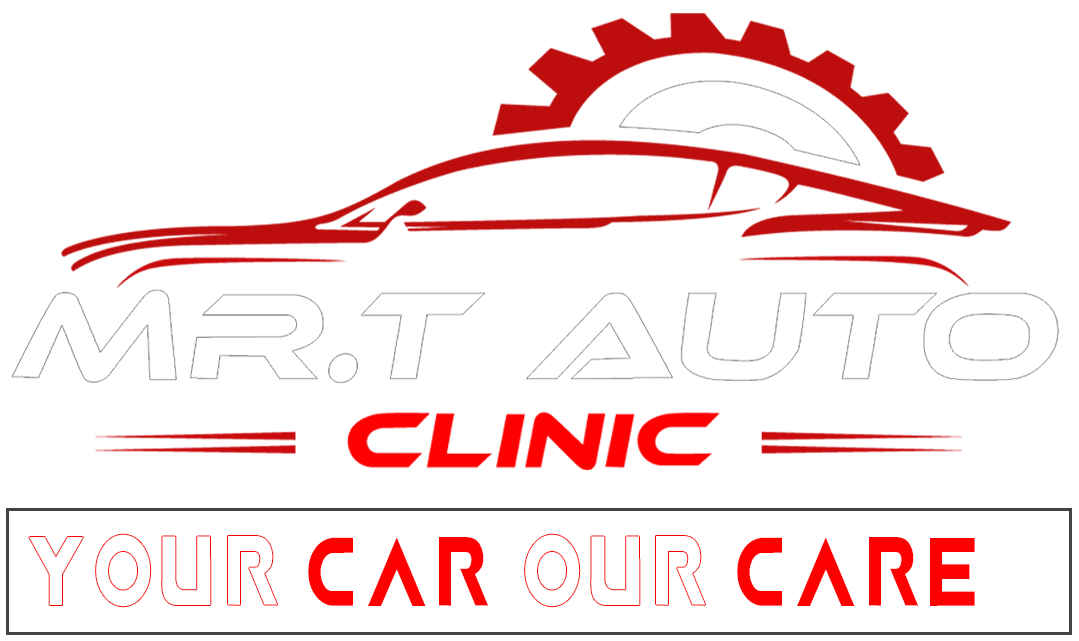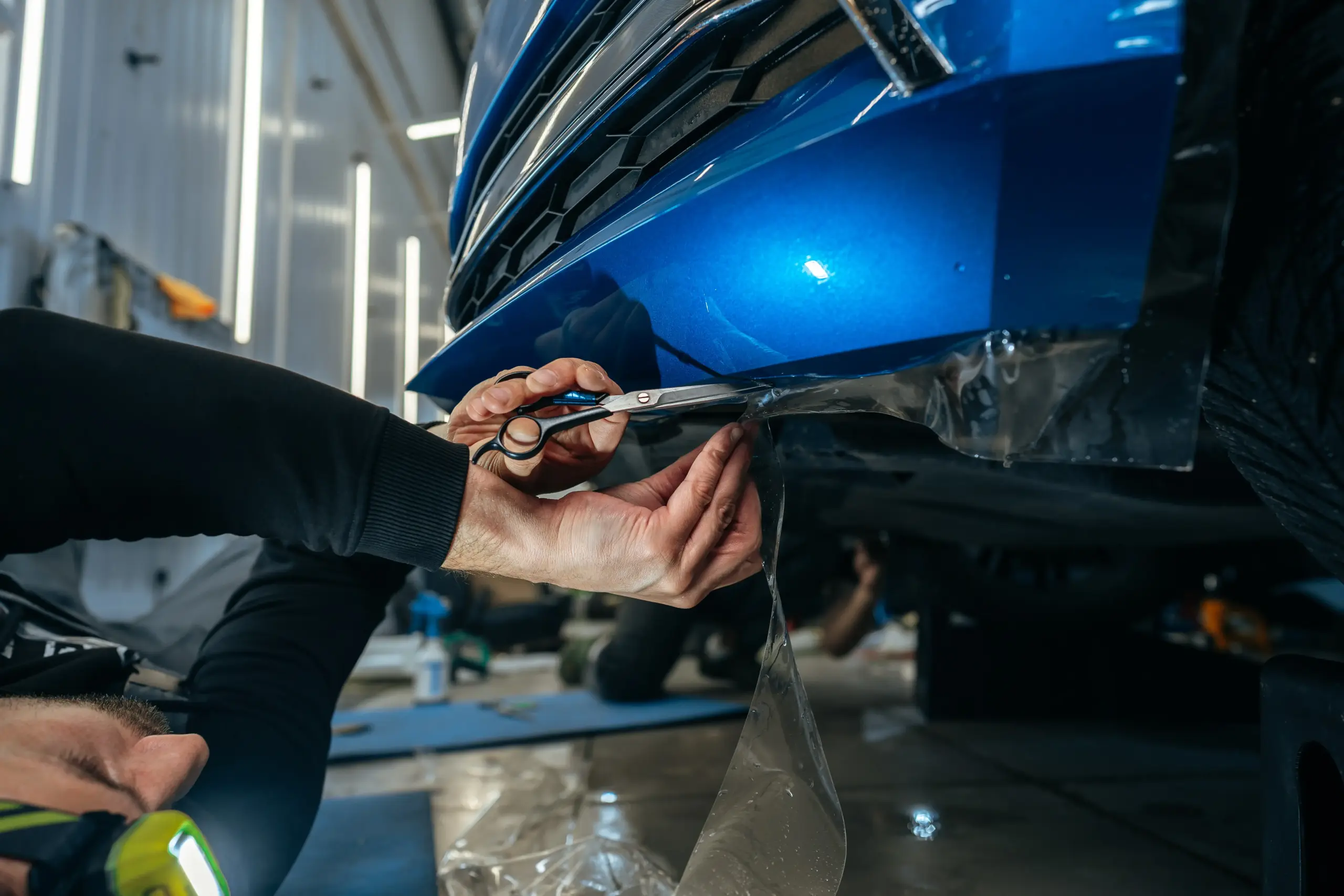Introduction
Car accidents are stressful, and dealing with insurance claims afterward can be even more overwhelming. Many drivers struggle with the process, unsure of what steps to take, what paperwork to submit, and how to ensure they get the compensation they deserve.
To help you navigate the process smoothly, we’ve gathered expert advice from Clinton’s top Auto Body Professionals (ABPFs). Whether you’re filing a claim for minor damage or significant repairs, this guide will walk you through every step, from the moment an accident happens to getting your car back in top shape.
For expert auto repair and collision services, check out MRT Auto Clinic, Clinton’s trusted name in auto care.
1. Immediate Steps After an Accident
Ensure Safety First
Your priority after an accident is safety. If possible:
- Move your vehicle to a safe location to avoid further accidents.
- Check yourself and passengers for injuries.
- Call 911 if there are any injuries or significant property damage.
- Turn on hazard lights and use warning triangles or cones if available.
Document the Scene
Insurance companies rely heavily on evidence, so documenting the accident is crucial. Use your phone to:
- Take clear photos of your car, the other vehicle(s), road conditions, skid marks, and any property damage.
- Capture images of license plates and driver’s licenses.
- Record a video explaining what happened while details are fresh in your mind.
Exchange Information
Collect the following from all involved drivers:
- Name, phone number, and address
- Driver’s license and vehicle registration
- Insurance company name and policy number
If there are witnesses, ask for their contact details as well.
File a Police Report
A police report can strengthen your insurance claim. Even if the accident seems minor, having an official record helps if the other driver disputes the details later.
2. Understanding Your Insurance Policy
Types of Coverage
Different insurance policies cover different aspects of an accident. Common coverage types include:
- Liability Insurance: Covers damages you cause to another person’s car.
- Collision Insurance: Pays for repairs to your vehicle after an accident.
- Comprehensive Insurance: Covers non-collision damages (theft, vandalism, weather-related incidents).
- Uninsured/Underinsured Motorist Coverage: Protects you if the other driver lacks sufficient insurance.
- Personal Injury Protection (PIP): Covers medical expenses for you and your passengers.
Understanding Your Deductible
Your deductible is the amount you pay out-of-pocket before insurance kicks in. If repair costs are close to or lower than your deductible, it might not be worth filing a claim.
Common Insurance Misconceptions
- “If the accident wasn’t my fault, I don’t have to pay anything.” → Not always true. You may still need to cover costs upfront before your insurer recovers them.
- “I have full coverage, so everything is paid for.” → Even full coverage has limitations. Read your policy carefully.
3. Filing an Insurance Claim
When to Contact Your Insurance Company
Report the accident as soon as possible. Delays in filing can lead to claim denial. Provide them with:
- Accident details (date, time, location)
- Photos and videos from the scene
- Police report (if available)
- Contact details of the other driver and witnesses
Providing Documentation
Insurers require supporting documents, such as:
- Repair estimates from an auto body shop in Clinton, MD
- Medical bills (if injuries occurred)
- Towing and rental car receipts
Dealing with Insurance Adjusters
An adjuster will assess the damage and determine your payout. Keep in mind:
- They work for the insurance company, not for you.
- Don’t accept the first offer if it seems too low.
- Get an independent repair estimate from a trusted shop like MRT Auto Clinic to compare.
Avoiding Common Pitfalls
- Don’t admit fault. Even saying “I’m sorry” can be used against you.
- Review your policy. Don’t assume everything will be covered.
- Be patient but persistent. Claims can take weeks, so follow up regularly.
4. Getting Your Vehicle Repaired
Choosing the Right Auto Body Shop
Insurance companies may recommend certain repair shops, but you have the right to choose your own. A certified collision center ensures:
- High-quality OEM parts instead of cheap aftermarket ones.
- Skilled technicians who specialize in auto body repairs.
- A warranty on parts and labor.
Understanding the Repair Process
- The shop will inspect your vehicle and provide an estimate.
- Your insurance company may require additional approvals before work begins.
- Repairs can take a few days to weeks, depending on the damage.
OEM vs. Aftermarket Parts
- OEM (Original Equipment Manufacturer) Parts: Higher quality, but may cost more.
- Aftermarket Parts: Cheaper, but quality varies.
A reputable repair shop will ensure you get the best parts for your car.
5. What to Do If Your Claim Is Denied or Underpaid
Reasons for Denied Claims
- Policy exclusions (e.g., intentional damage)
- Insufficient documentation
- Filing the claim too late
- Disputes over fault determination
Appealing a Decision
If you believe your claim was unfairly denied:
- Request a detailed explanation from the insurer.
- Provide additional evidence (photos, repair estimates, witness statements).
- File a formal appeal or seek legal advice.
When to Seek Legal Help
If negotiations stall, hiring a lawyer may be necessary—especially if the other party is disputing liability.
6. The Future of Auto Repairs and Insurance Claims
How Technology is Changing the Industry
- AI-powered damage assessments speed up claims processing.
- 3D printing and advanced materials are revolutionizing car repairs.
For a look at cutting-edge repair innovations, visit Innovative Auto Body Technologies.
7. Additional Tips from Clinton’s Top ABPFs
Maximizing Your Insurance Payout
- Get multiple repair estimates.
- Don’t let the insurer pressure you into a quick, lowball settlement.
When to Pay Out-of-Pocket
For minor dents and scratches, it may be cheaper to skip insurance and avoid premium hikes.
Diminished Value Claims
Even after repairs, your car may be worth less due to its accident history. Some policies allow you to claim for this loss.
For expert advice, visit Clinton’s top auto repair shop.
Conclusion
Filing an insurance claim after an accident doesn’t have to be a nightmare. By understanding the process, working with trusted ABPFs, and knowing your rights, you can ensure a fair settlement and quality repairs.
For expert auto body services in Clinton, MRT Auto Clinic is your go-to resource for top-notch repairs and hassle-free insurance handling.


0 Comments